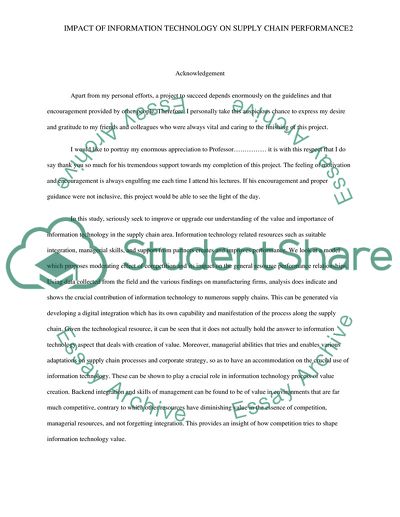Cite this document
(“Not Found (#404) - StudentShare”, n.d.)
Not Found (#404) - StudentShare. Retrieved from https://studentshare.org/information-technology/1776429-impact-of-information-technology-on-supply-chain-performance
Not Found (#404) - StudentShare. Retrieved from https://studentshare.org/information-technology/1776429-impact-of-information-technology-on-supply-chain-performance
(Not Found (#404) - StudentShare)
Not Found (#404) - StudentShare. https://studentshare.org/information-technology/1776429-impact-of-information-technology-on-supply-chain-performance.
Not Found (#404) - StudentShare. https://studentshare.org/information-technology/1776429-impact-of-information-technology-on-supply-chain-performance.
“Not Found (#404) - StudentShare”, n.d. https://studentshare.org/information-technology/1776429-impact-of-information-technology-on-supply-chain-performance.


